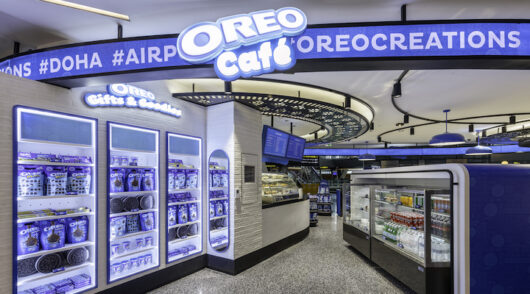As many as 40 per cent of China’s middle class have holidayed in Australasia last year, making it the most visited region worldwide for Chinese middle class consumers, according to market research company Mintel.
Within Australasia, Australia has proved to be the most popular destination, with more than a third (35 per cent) of this group having travelled to Australia last year alone. Meanwhile, almost one in five (19 per cent) visited New Zealand.
And while the comfort of a package has seen this type of holiday remain the number one way to travel – three in 10 have opted for a package in the past year – China’s middle classes are also pioneering the concept of the ‘independent’ holiday, almost a fifth (17 per cent) having travelled to Australia this way last year.
“Australia has been growing in popularity for a number of reasons. It is under nine hours of flying time, so less than Europe. There are also an abundance of luxury brands, casinos are plentiful and visa procurement for Chinese visitors there is easier,” said Paul French, chief China market strategist at Mintel.
“Right now the vast bulk of Chinese tourists arriving in Australia are on group tours – low cost packages with the bulk of any profits remaining in China with the travel agents, meaning that it’s up to tourism service suppliers in Australia to extract the cash.”
But it is not just Australasia which is proving popular. Europe is the next most popular region, with as many as 37 per cent of consumers holidaying there last year.
France tops the list with a quarter (25 per cent) of the Chinese middle classes choosing France as their destination of choice, while the UK is a close second at 22 per cent. Meanwhile, a third (32 per cent) of the Chinese middle class travelled to North America last year.
And the appeal for overseas items is clear as just six per cent say they have not purchased any luxury items while travelling outside of China, highlighting the cache for brands in international markets.
The research also reveals that just five per cent of the Chinese middle class are not intending to buy any luxury item in the next year and the importance of luxury goods is highlighted by the segments the Chinese middle classes intend to invest in over the coming year.
A massive 67 per cent intend to invest in luxury clothes, 60 per cent in clothes and footwear, 58 per cent in jewellery and watches and 45 per cent on electronics.
A further 28 per cent state that they intend to purchase luxury furniture and home appliances, a fifth (21 per cent) are into cars and motorcycles and 14 per cent luxury branded pens.
“The global spending power of Chinese consumers has become the stuff of new legend. Chinese travelling overseas to spend and ‘arbitrage’ purchases, particularly on items that attract high taxes at home such as luxury goods, has become a new theme of global retail and consumption,” added French.
Indeed, China’s emergent middle class is gadget and technology crazy and can afford to be. Today, 96 per cent of those defined as middle class own a computer and 90 per cent own a digital or video camera. However, the big revolution in China is smartphones with 97 per cent adoption amongst the middle classes.
The middle class desire to own gadgets is also shown in the response that over half (53 per cent) of the middle class are planning to buy some form of brown goods such as televisions, game consoles and PCs in the next three months, while 43 per cent plan to buy white goods like washing machine and fridges over the same three month period.
And while in the past credit was a hurdle for retailers to overcome to encourage spending, according to Mintel’s research 43 per cent of Chinese middle class consumers have one card and 52 per cent more than one.
In 2012, middle income households constituted fully 13.4 per cent of total urban households in China, or approximately 30 million households or approximately 100 million people.
GB





